Whitehot Magazine
October 2025
"The Best Art In The World"
"The Best Art In The World"
October 2025
Art Meets Elegance: Debbie Dickinson’s ‘Esthétique’ Lights Up the Arthouse Hotel
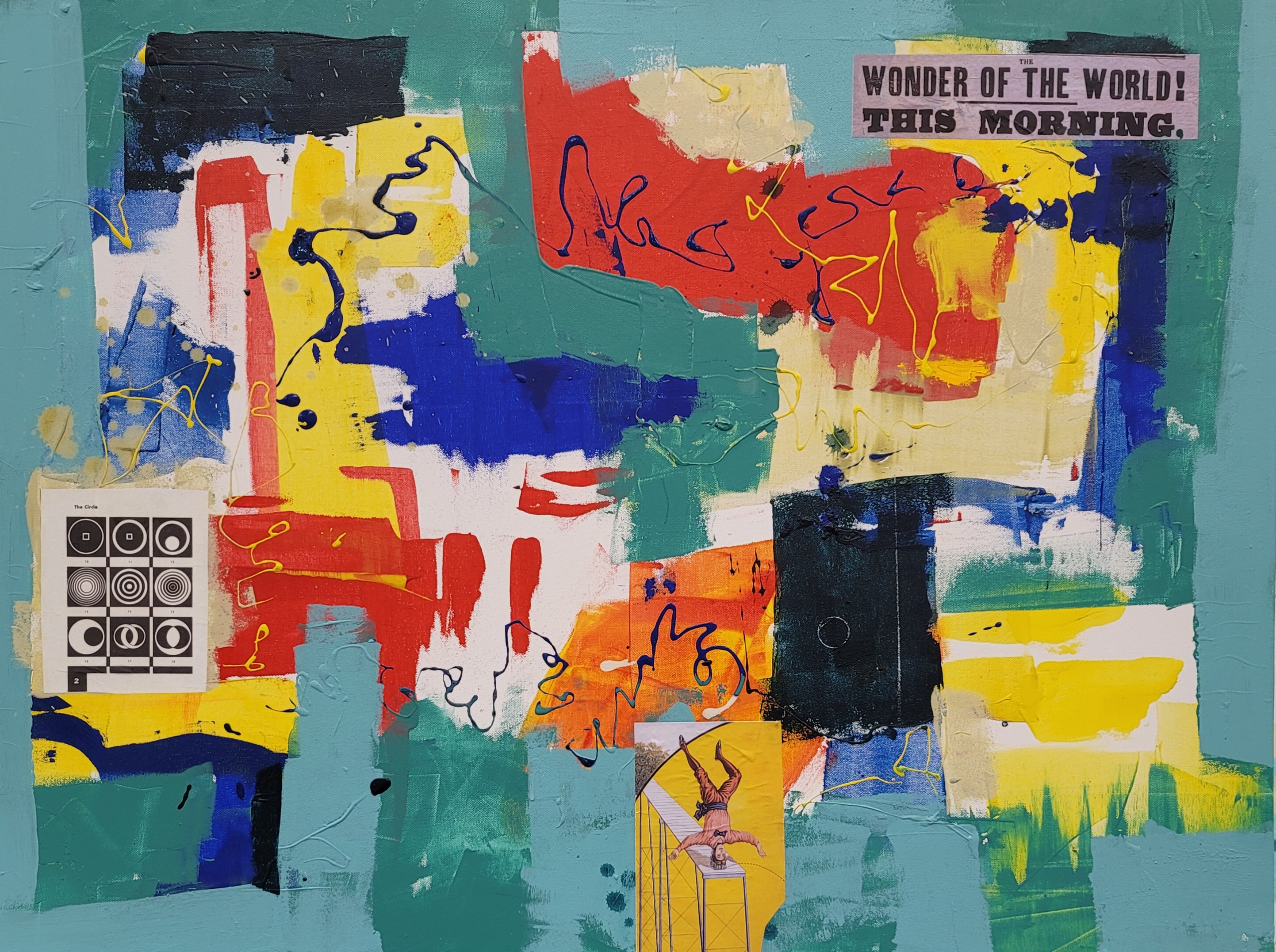 Bill Buchman - Good Morning- Acrylic and Paper on Canvas - 30 x 40 inches- 2024
Bill Buchman - Good Morning- Acrylic and Paper on Canvas - 30 x 40 inches- 2024
By ANTHONY HADEN-GUEST October 23rd, 2025
Art and fashion can be an uneasy twosome, as when John Singer Sargent made what he considered his best painting, namely a portrait in profile of an American socialite in Paris, Virginia Gautreau, with her shoulder strap slipping. The painter was taken to be signaling that her other clothing would also shortly also be dropping floor wards, which created such a scandal at the 1884 Paris Salon that the artist renamed the canvas Madame X and moved from Paris to London.
The fashion-inflected artworks in Esthétique, the Debbie Dickinson Gallery show at the Arthouse Hotel on Broadway and 77th Street also delivers a strong message but a very much more positive one. This is that when artist references fashion it need not be just as a sexy come-on, a social critique nor as a way of getting luxury sales but can be as an intense way of expressing identity and therefore of generating powerful art.
Thus it was that I asked some of the artists in the show just how fashion had entered their life and art. Mary Reid told me that when she was about fifteen she had thought of becoming a fashion designer. “Remember the Vogue and Bazaar that would come out every September? Those gigantic magazines! I couldn’t wait for that to happen each year,” she says. “I was in high school when Madonna became really big. She really influenced me. She was such a fashion icon.” Which has very much become part of Reid’s art. “I love painting fabric, I love getting all that detail in,” she says. “I think that what my models are wearing when I’m painting them is really. really important to the story telling. It’s vital. It’s the first thing that people see and start forming some sort of opinion about who is this person in the painting.”
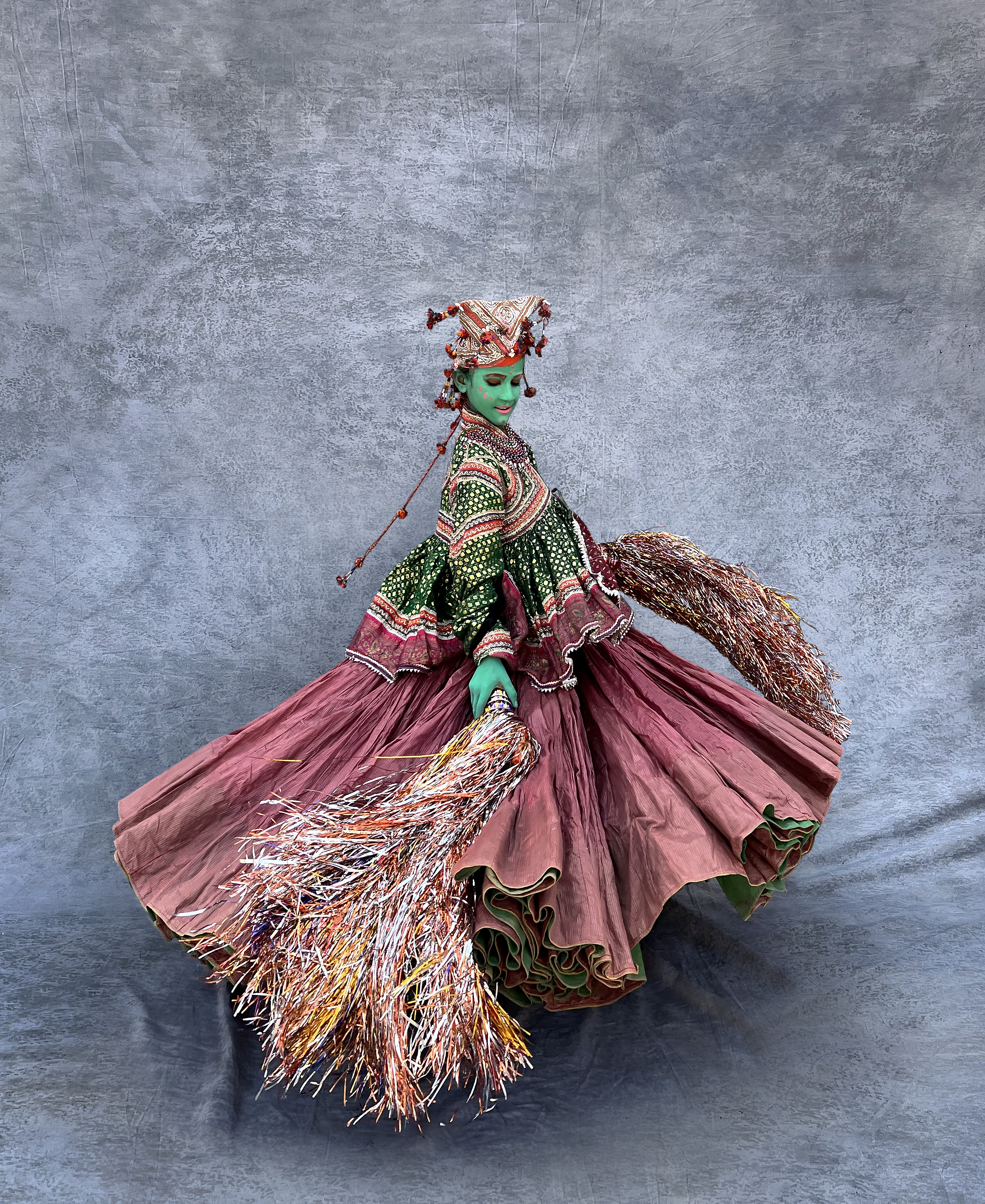 Helene Guetary - Flower Dancer - Limited Edition Fine Art Print on Hahnemülle paper- numbered 27 - 27 x 22 inches - 2024
Helene Guetary - Flower Dancer - Limited Edition Fine Art Print on Hahnemülle paper- numbered 27 - 27 x 22 inches - 2024
Helene Guetary actually did begin in fashion. “I did fashion illustrations for Bergdorf Goodman,” she says. Soon though she was using her acquired skills to build fantasy worlds, such as a series she made with schoolgirls aged between eight and twelve. “The costumes we created are for the world we invented,” she said. “I have to create the identity of the characters. There were two lovers… a gangster. “In order to make that work the costumes were a huge part of it. I have to create fashion that works with the world of the imagination. I made these crazy characters from pieces I bought from Paris. Traditional clothes and jewelry, they are the vocabulary of this work.” She started to make photo-based work in the ‘80s. “What I did with the girls I used body paint and fabric to create a world of my own.” During the pandemic she began making photo-based work, using her iPhone. “Photography for me is like magic realism” Helene Guetary says.
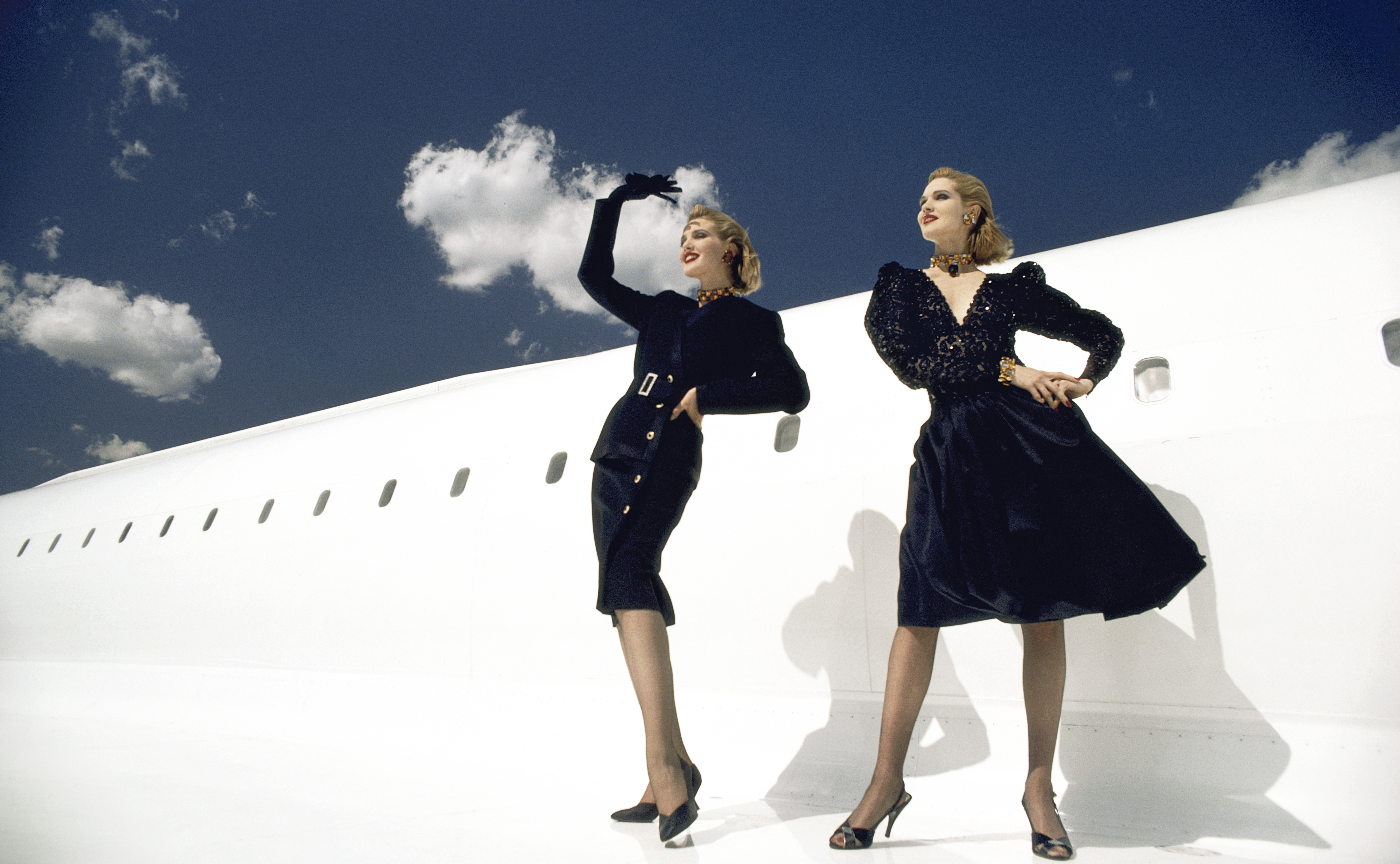 Christophe Von Hohenberg - Concorde - 24 x 36 inches - Fine Art Photograph - 1982
Christophe Von Hohenberg - Concorde - 24 x 36 inches - Fine Art Photograph - 1982
Christophe von Hohenberg is equally succinct. “I see myself not as a fashion photographer but a portrait photographer shooting fashion,” he says, citing the influence of such maestros as photographers George Hurrell and Yousuf Karsh and the painters Francois Millet, Manet and, yes, him again, John Singer Sargent.” Keeping this in mind from my images of portraits and seascapes that I am presently engaged with, they should provoke the eye and imagination,” he says. “I’m always looking for the magic in the picture waiting for the unexpected. I also try to bring clarity through my minimalist seascapes and dramatic portraits thus achieving an aesthetic expression which brings the image closer to emotions and stimulating insights. This is how my fashion/portraits have partly influenced my personal work.”
Bill Buchman focusses on the entwined histories of the two practices. ‘It used to be that fashion and art were two separate things” he says. “And fashion drew its inspiration and its sources from art. But now they are practically one and the same thing. I do feel that although they should and do feed each other that art must lead and fashion follow, not the other way around. And that is my approach in my own work. Artists set the trend and fashion follows the trend.”
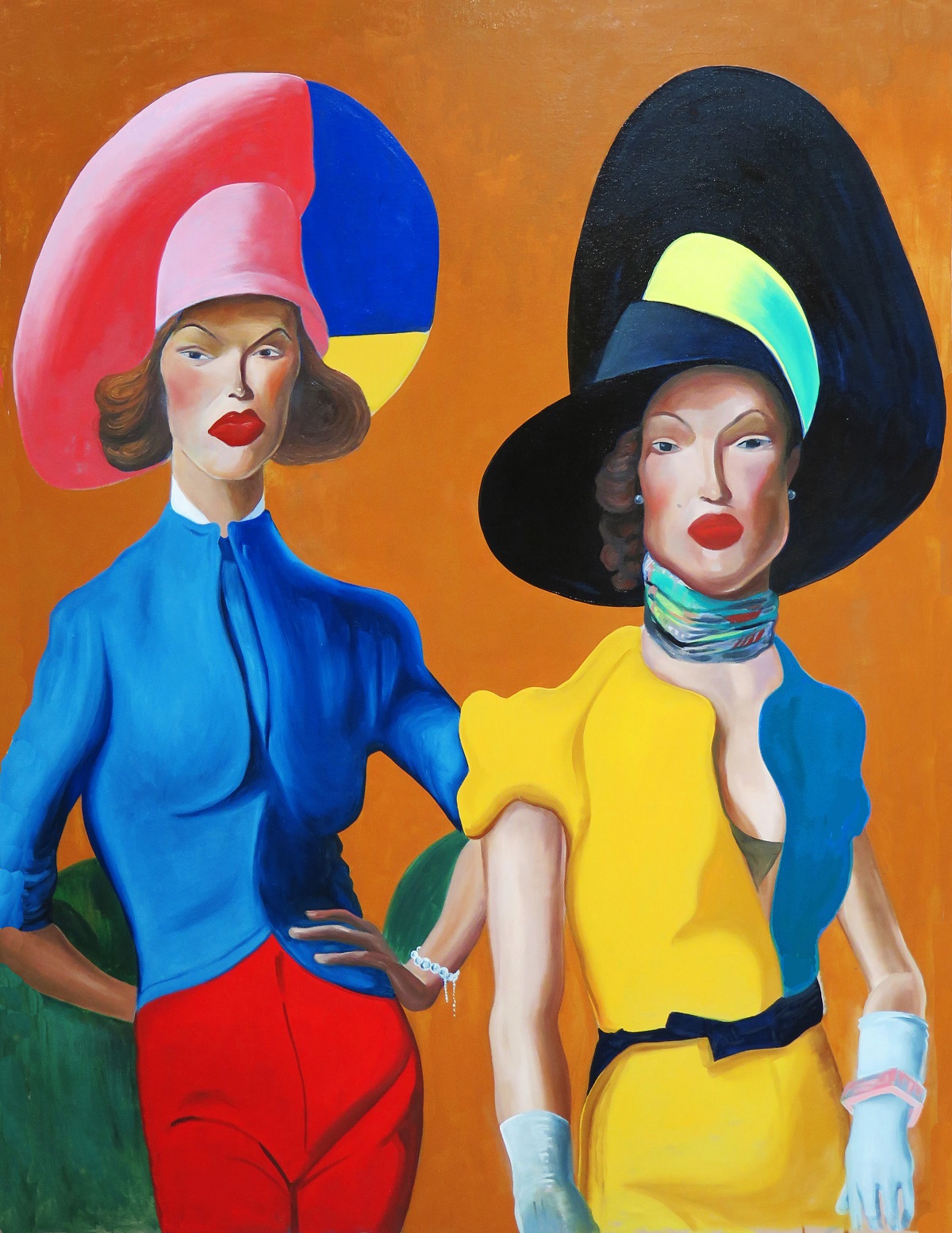 Noah Becker, Figures in Hats, 2023, 48 x 36 inches, oil on canvas
Noah Becker, Figures in Hats, 2023, 48 x 36 inches, oil on canvas
So to S. L. Fuller, who works very much in the manner of Art Deco, the hot style of the 1920s, when making her signature work, Les Demoiselles, a series of somewhat abstracted pen-and-ink drawings of what she describes as over-privileged young women. So no need to ask her what part fashion plays in her art making then. “For me the deco period was incredibly beautiful clothing,” Fuller said. “It was opulent, really gorgeous. Obviously when I did the girls they were going to be dressed in the clothing of their time. So when I was dressing myself, when I was going out and I didn’t know what the attire was, what was appropriate for whatever, I would just wear antiques. I had a beautiful dress from the 20s with a dropped waist.”
She asked if I knew of the young women known as flappers in the 1920s. I was aware of the word, I said. Did I know why it had become popular, she asked?
I confessed ignorance. “The flapper girls were not the crème de la crème of society or anything,” S.L. said. “They were young working girls. The story has it that they would wear galoshes and flap back and forth.” Wow! New to me. But another fashion connection.
So to Noah Becker. Rene Magritte, the Belgian surrealist, made over fifty paintings of men wearing bowler hats, the best-known of which apparently began as a self-portrait but now has an apple in front of the face. Noah Becker’s hat wearers in two paintings are as imperturbable as the Magritte men but the hats wilder. Becker said he relates them to an over the top senior look – “like old ladies in huge sunglasses” – that is nowadays categorized as "Advanced Style". And that was new to me too. WM
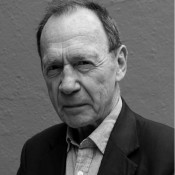
Anthony Haden-Guest
Anthony Haden-Guest (born 2 February 1937) is a British writer, reporter, cartoonist, art critic, poet, and socialite who lives in New York City and London. He is a frequent contributor to major magazines and has had several books published including TRUE COLORS: The Real Life of the Art World and The Last Party, Studio 54, Disco and the Culture of the Night.
view all articles from this author









